There are a few things that are a must see when one is in Naples.
Mount Vesuvius, Pompei and Herculaneum.
A few days ago, the Roman Gods must have been angry and unleashed a downpour on Naples and Amalfi. Their wrath caused indiscriminate havoc everywhere.
Our first exploration in the morning was Mount Vesuvius. At 4200 feet above sea level, this stratovolcano is part of a chain of volcanoes in the Campanian arc.
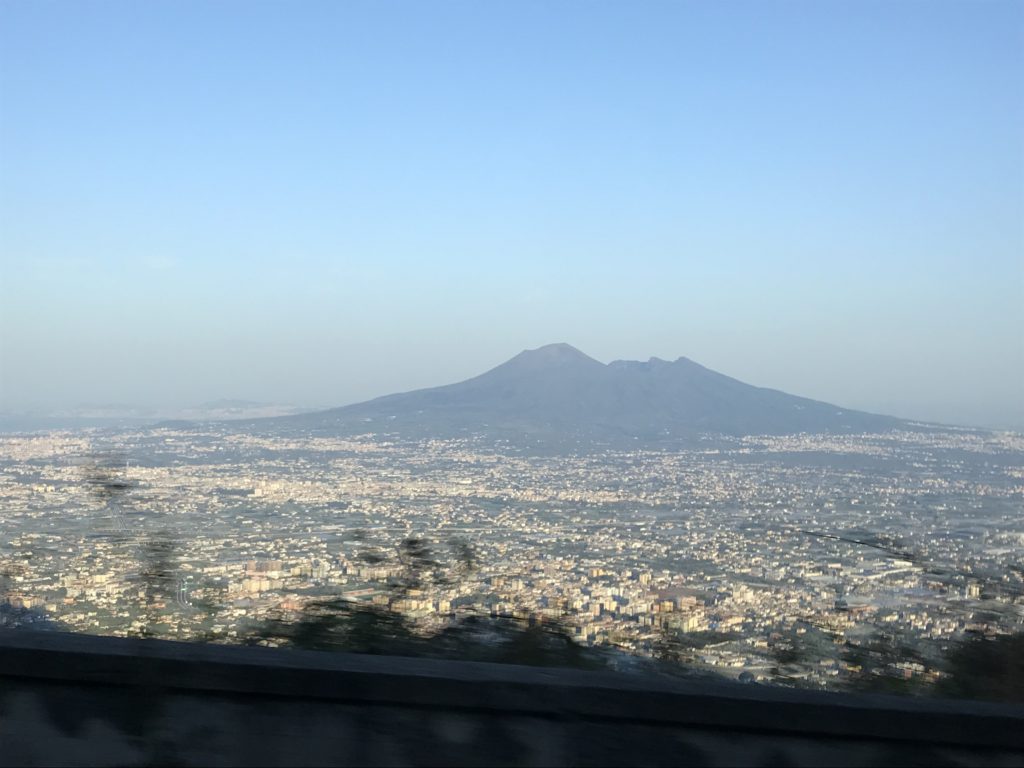
On August 29, 79 AD, after being dormant for 800 years, Vesuvius exploded and caused catastrophic damage to many cities in its path.
We are anxious to visit this behemoth mountain, however, the heavy rains caused a rock slide making walking above the giant crater impossible. The roads were blocked and only smaller buses like ours were allowed to go further up right up to where the slide occurred a few days before.
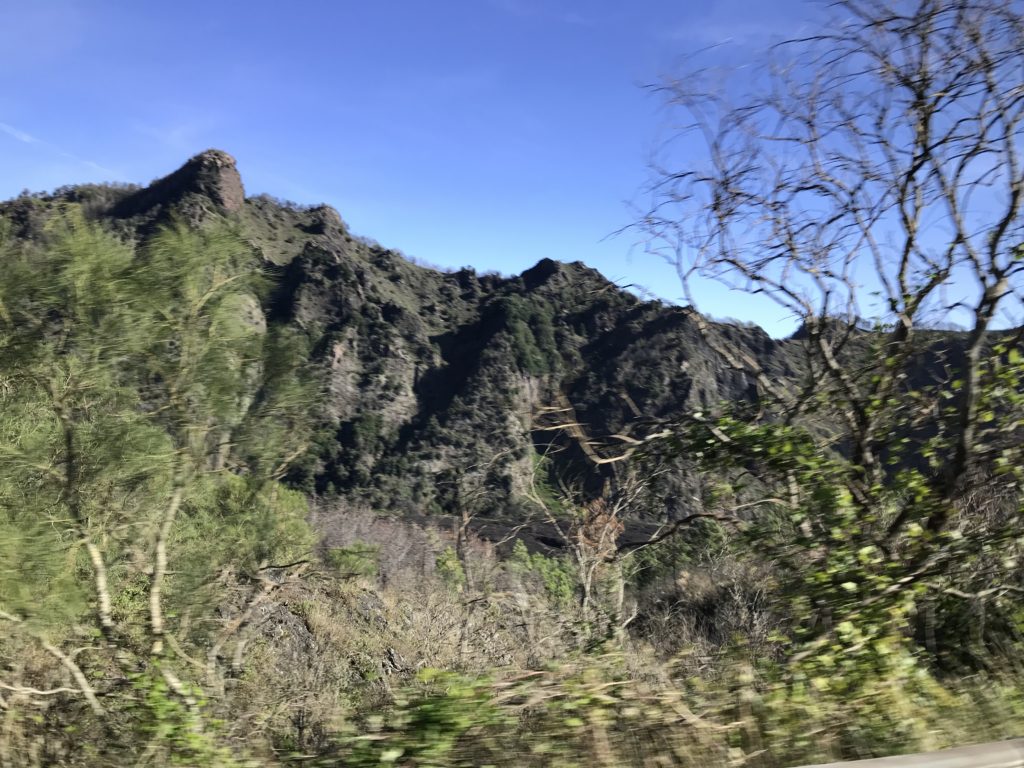
The air was quite cool but the view below was quite spectacular.
Though it sleeps at the moment, Vesuvius is still a very dangerous volcano as in its path lie over 3 million people at the end of WWII. However, Vesuvius can still kill unsuspecting tourist.
A few years ago a family of 3 died after their little boy ventured close to the edge, fell in and his parents tried unsuccessfully to retrieve him. The toxic gases were too much for their lungs and they succumbed to their death.
Many trees around us are black, burnt by a forest fire a few years before. Alas, we depart Vesuvius to visit two cities decimated by its explosion.
A visit to Herculaneum was hastily organized. Herculaneum is another village that was destroyed by fast moving hot gases and volcanic matter known as a pyroclastic flow. How fast? From 100 to 700 miles per hour and reaching temperatures of 1000 degrees Fahrenheit!

Recently, scientists have postulated that the explosion of Vesuvius caused the residents brains to boil and skulls to explode!
As we walk above the buried city and look to the bottom where the port used to exist, you can see skeletons behind the steel doors. Herculaneum is a very small archeological area and is surrounded by shops and apartment buildings. One would never know an ancient village exists in the middle of another city. Further digging is hampered by deadly sulphuric gases that still is being emitted as well as the new city above the old city.
We walk through old stone filled roads where shops and houses used to exist. Beautiful mosaics are still preserved as is glass and iron works.
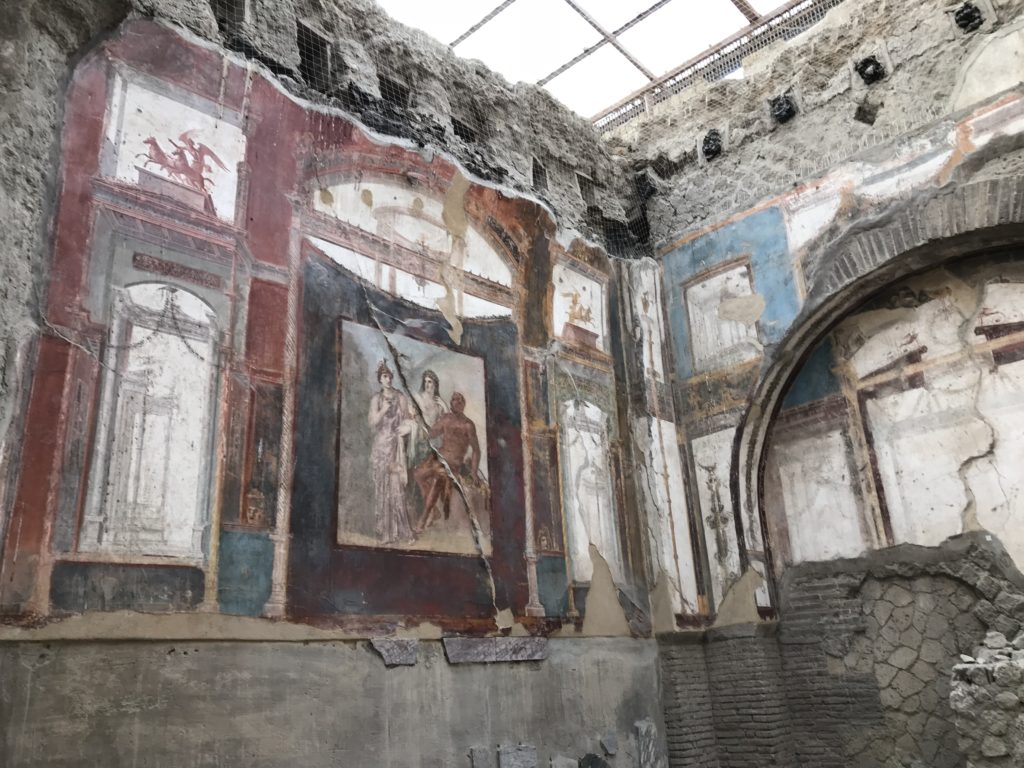
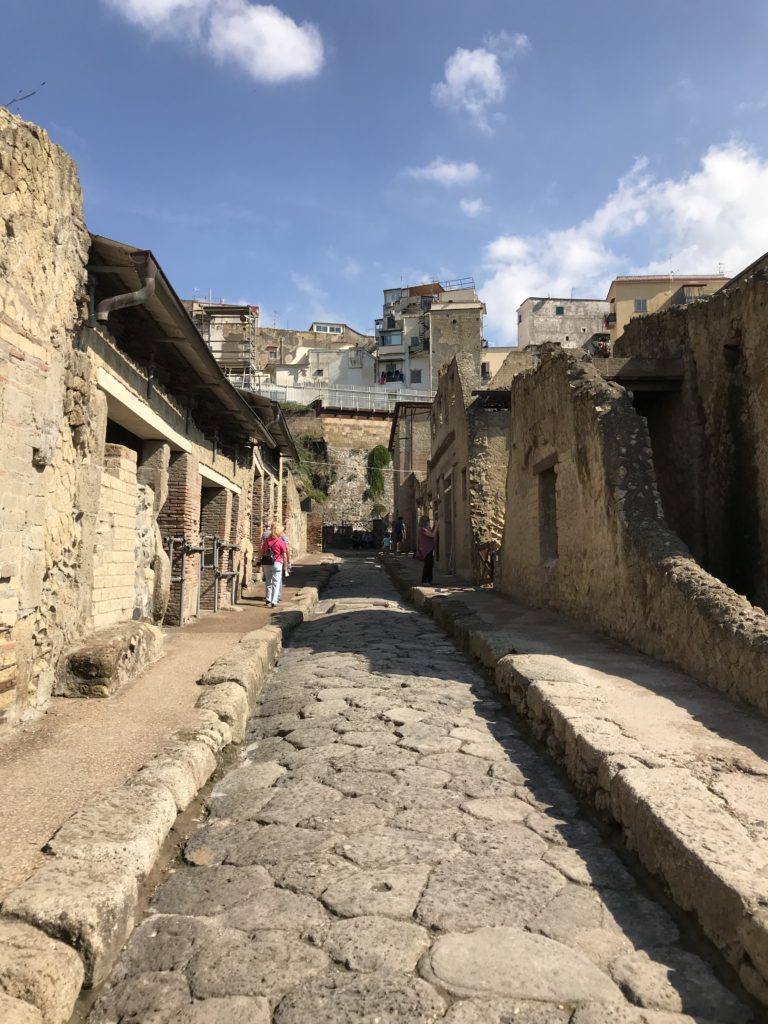
Our guide Hugo explains that Herculaneum was more of a city where richer people escape to.
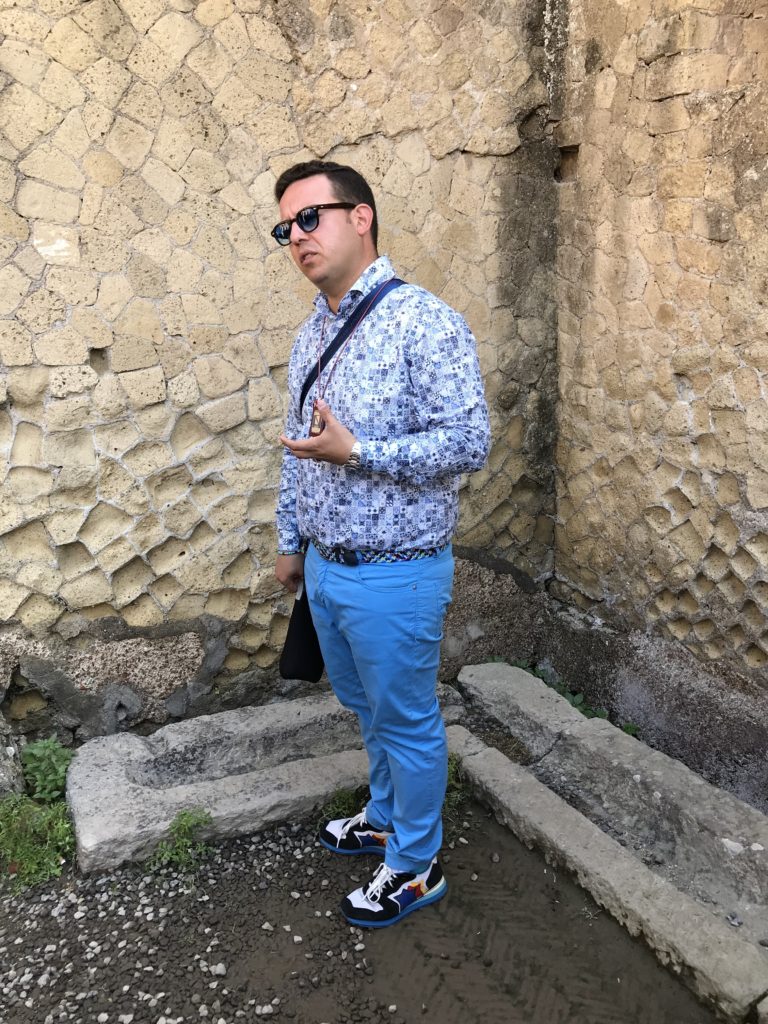
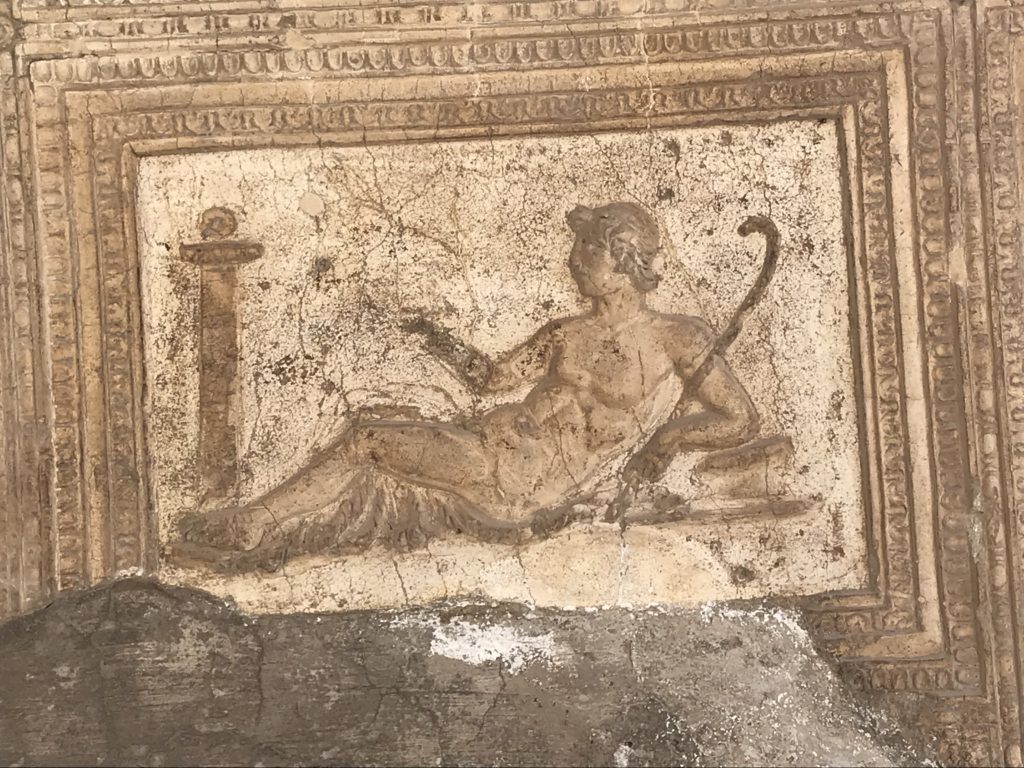

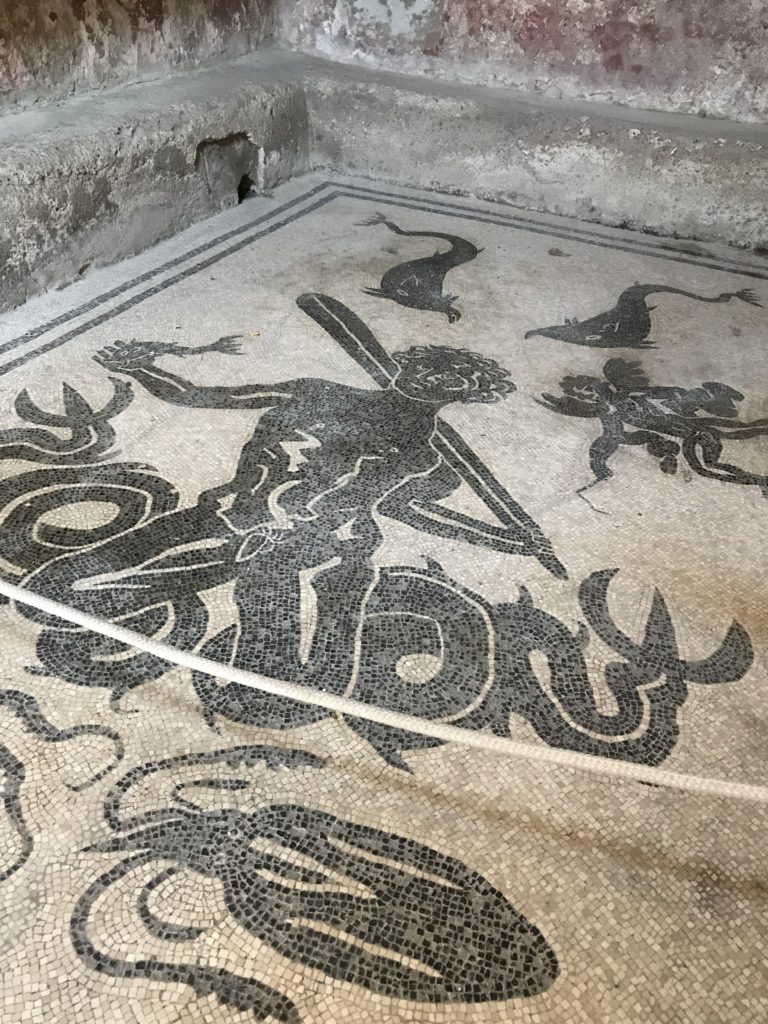
Then it’s off to lunch before our visit to Pompei.
Pompei is one of the famous tragedies in ancient history and still fascinates humans today. When the volcano erupted in 79 AD, many Pompeiians did not evacuate the city as they thought the first eruption was finished.


However, like Mount St-Helens after the first eruption Vesuvius violently blew out a cloud a pyroclastic rocks and gases. The pyroclastic flow hurled towards the city, and citizens of Pompei were instantly killed, buried under 13-20 feet of hot ash and rocks. Their final hour captured in plaster cast molds made from the cavity their bodies left behind.
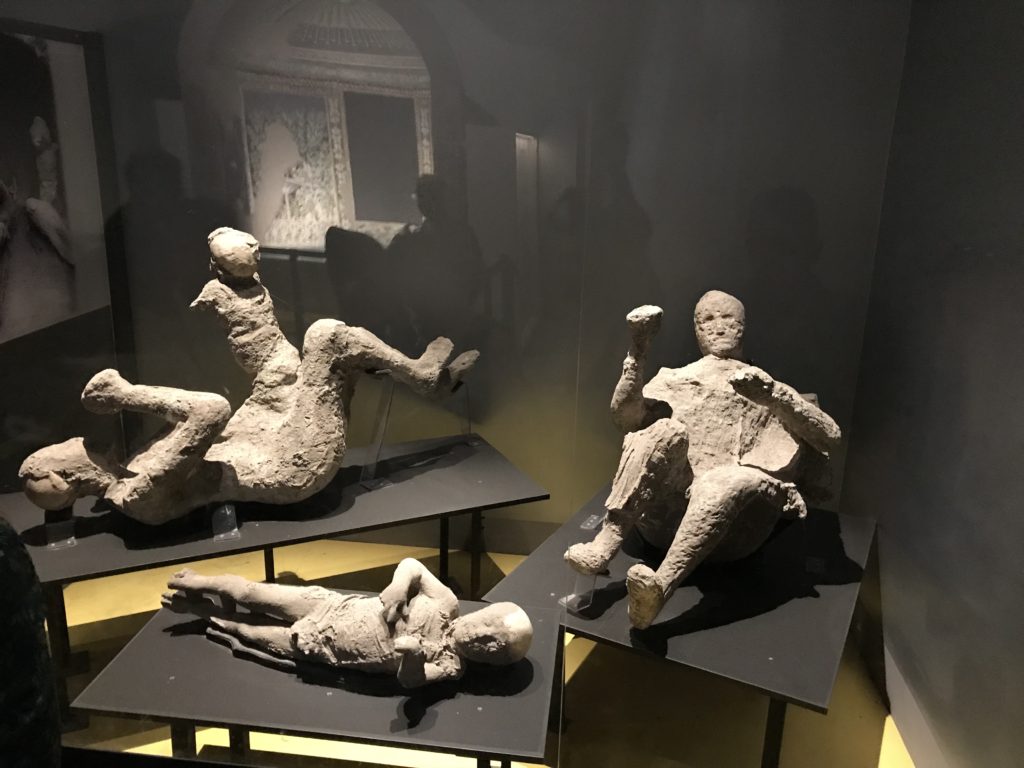
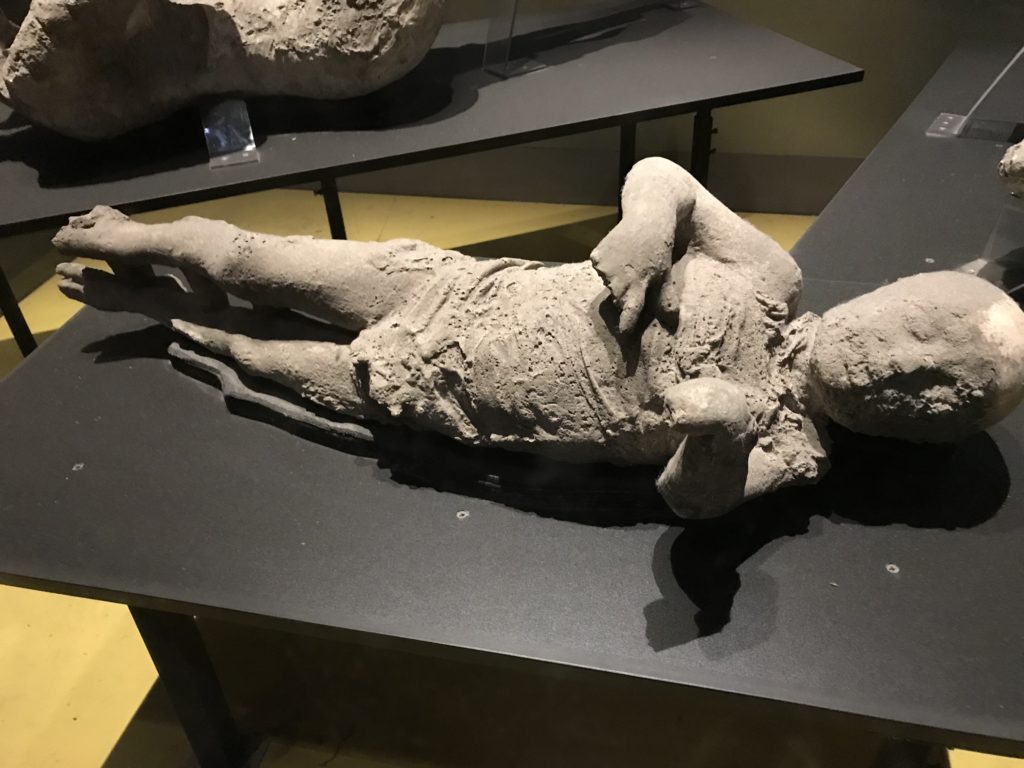
Today, Pompeii is a UNESCO World Heritage Site and is still an active archeological site where many new buildings are found even today. The site is large and wondrous to walk through.
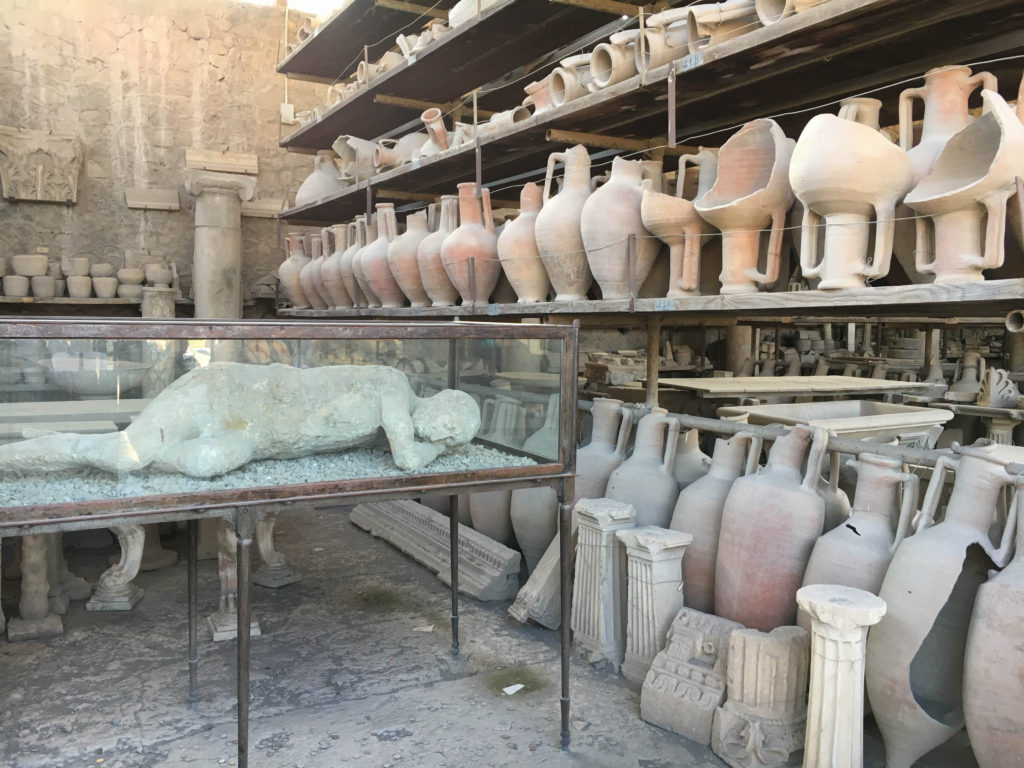
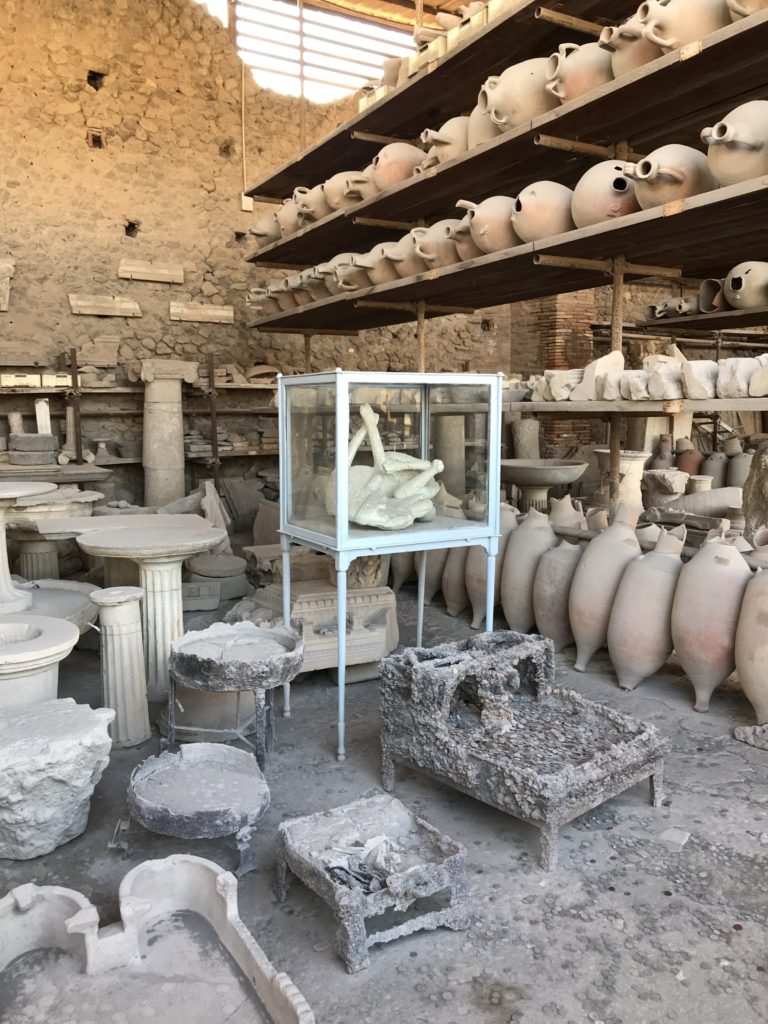

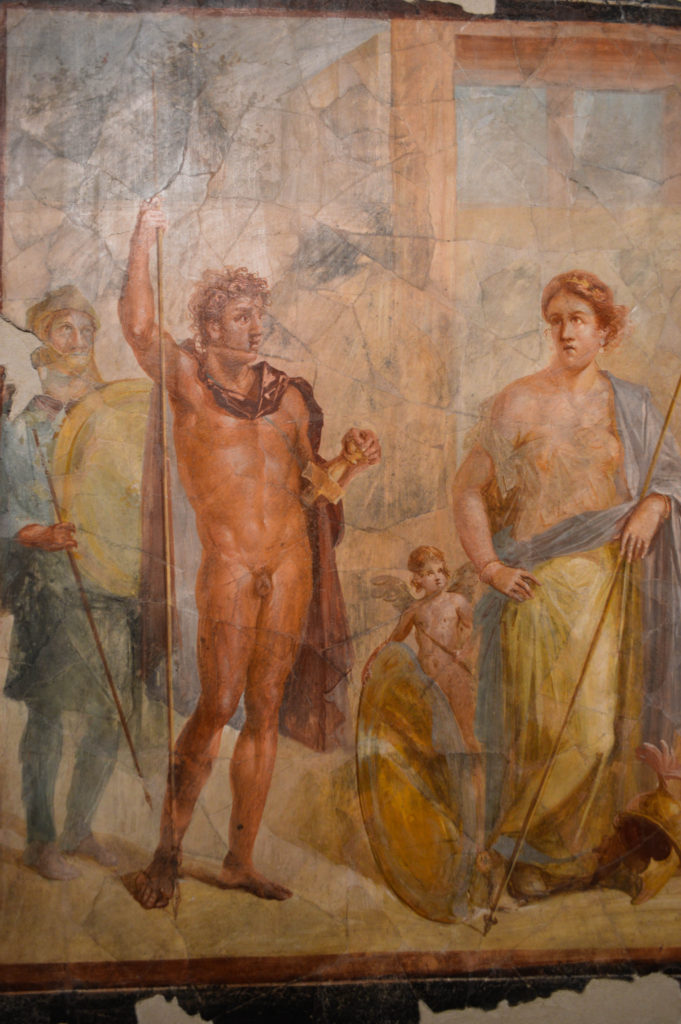
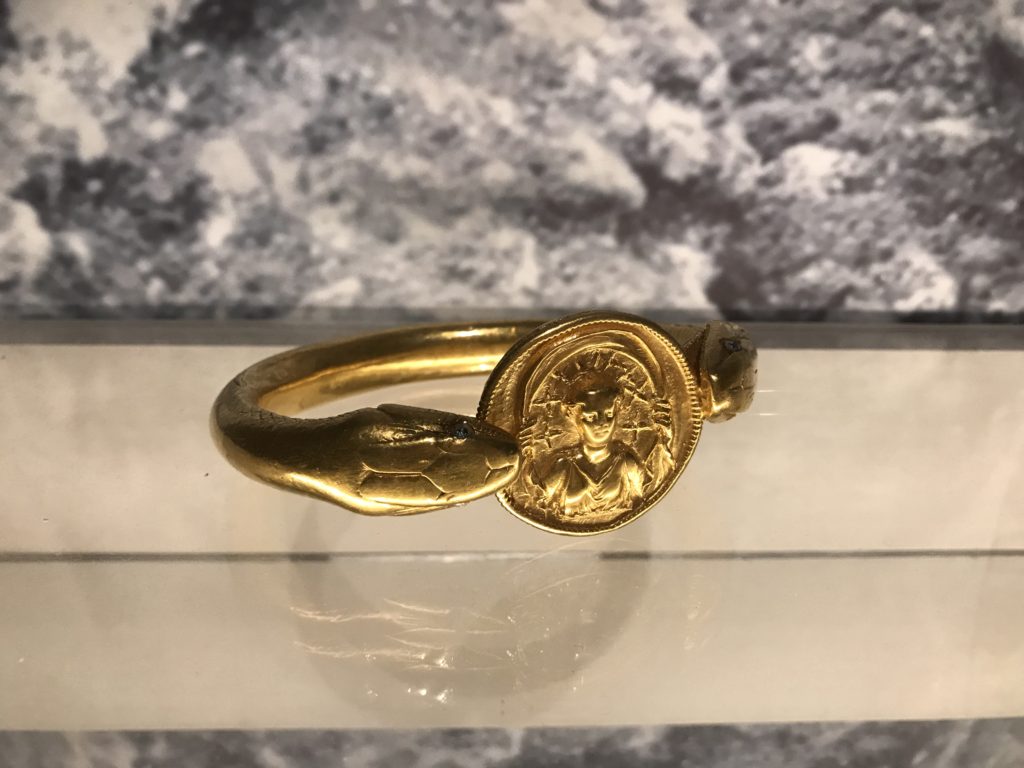
Our guide Claudia walks us through many buildings and of course the famous and popular brothel that survived. It’s erotic frescos near the ceiling explain the various types of sex acts that weary sailors could purchase. Sort of like a menu like McDonald’s.
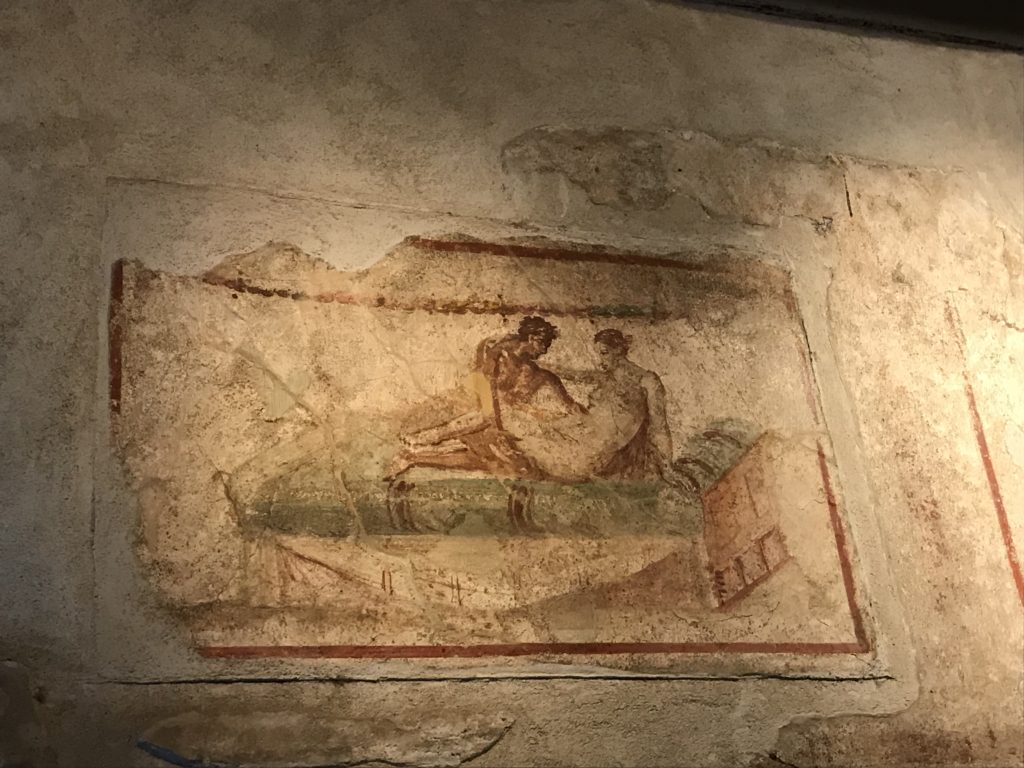

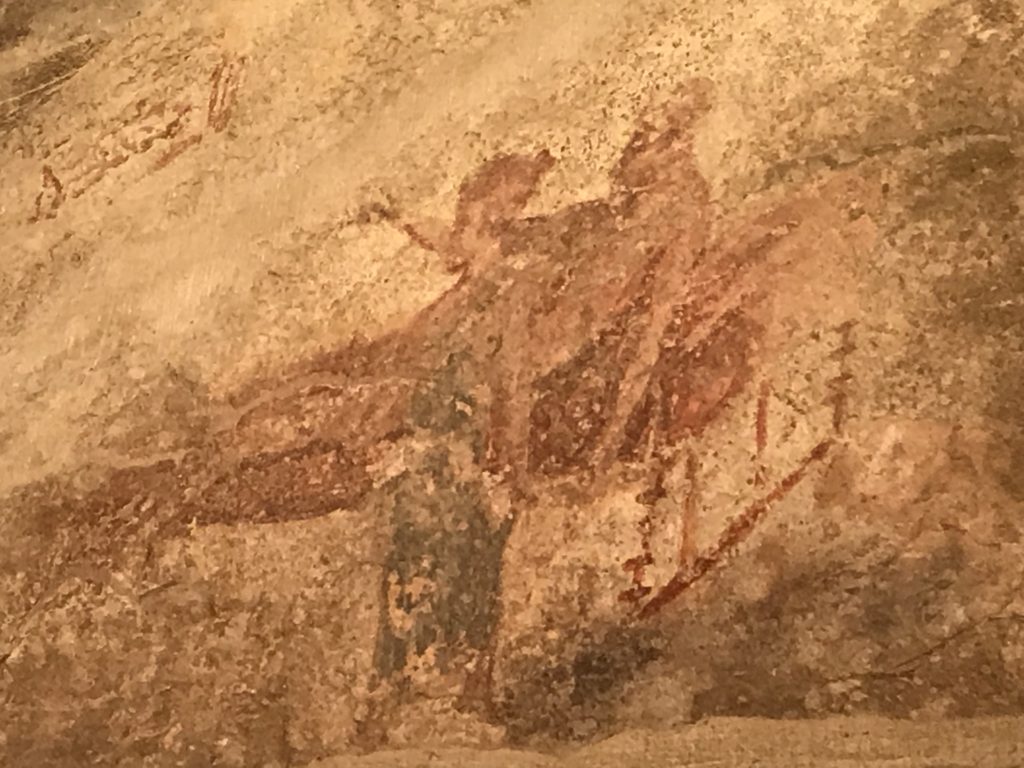
Claudia explains that as manny as 50 of these brothels might have existed in this port city. Many sculpted penises point the way along the streets to the brothels.
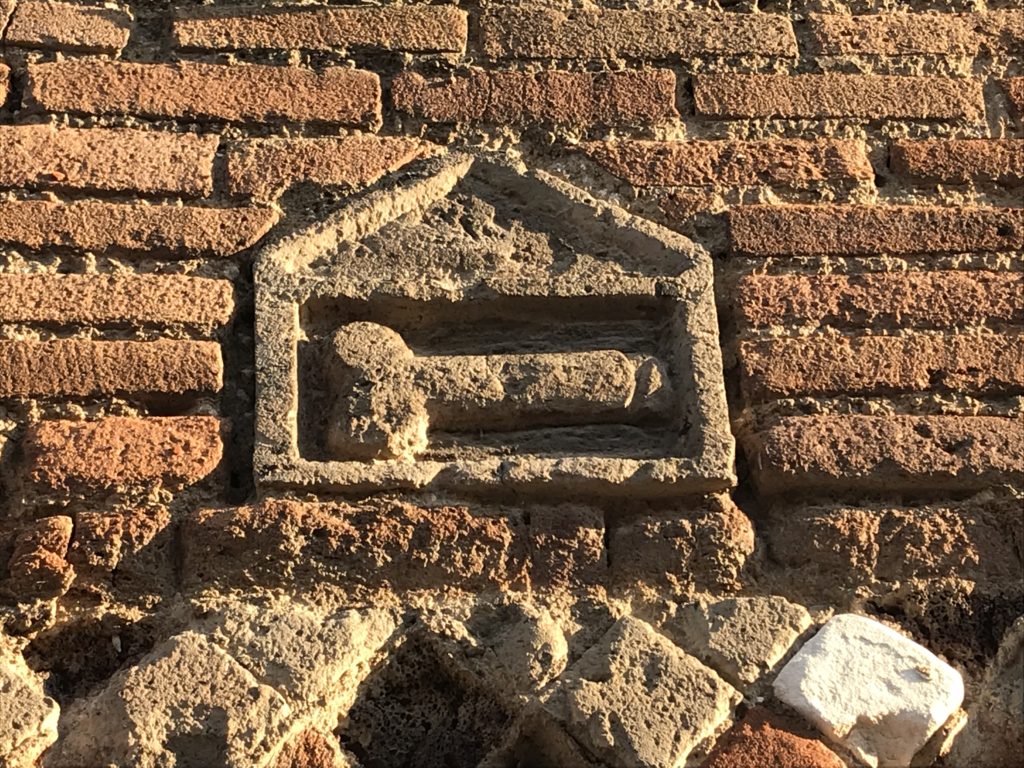
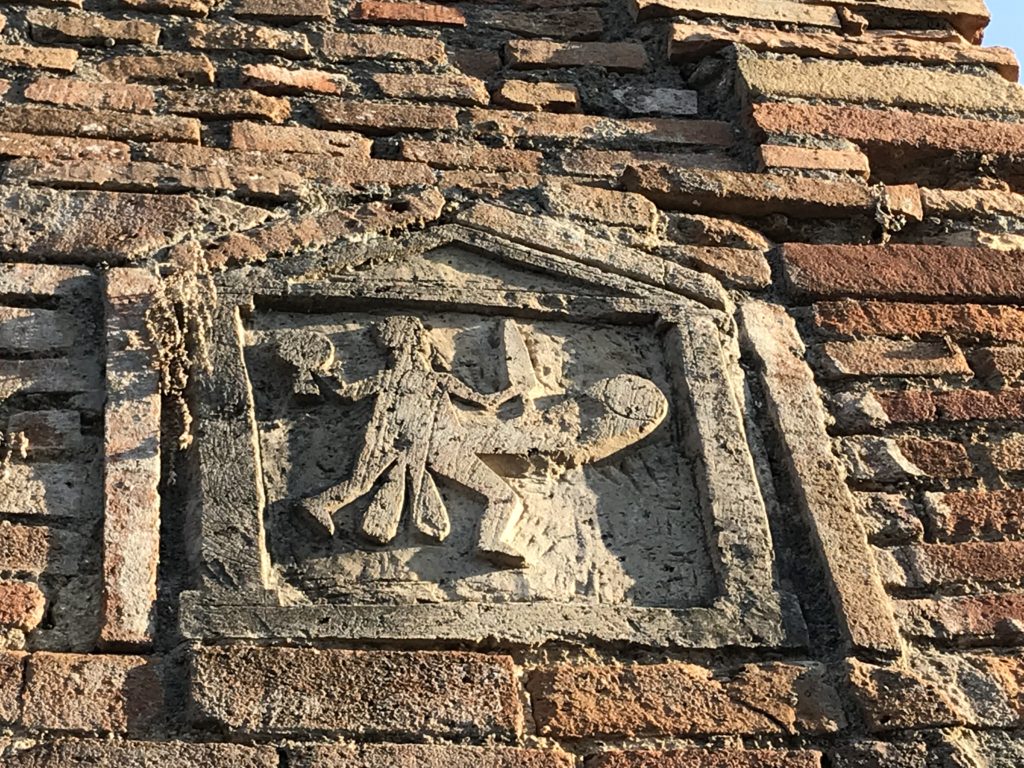
The amphitheater can still be used today for modern concerts. Our guide claps her hands to shows us the amazing acoustic in the theatre.
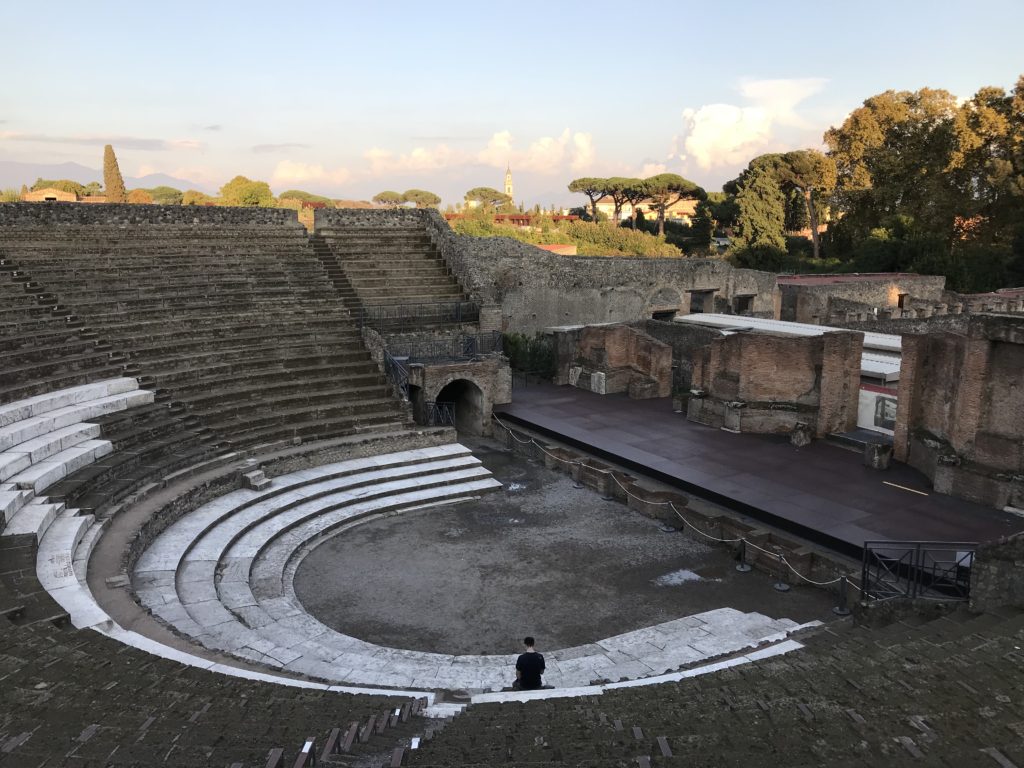
Finally, our day ends and we board the bus back to the villa.
Recent Comments